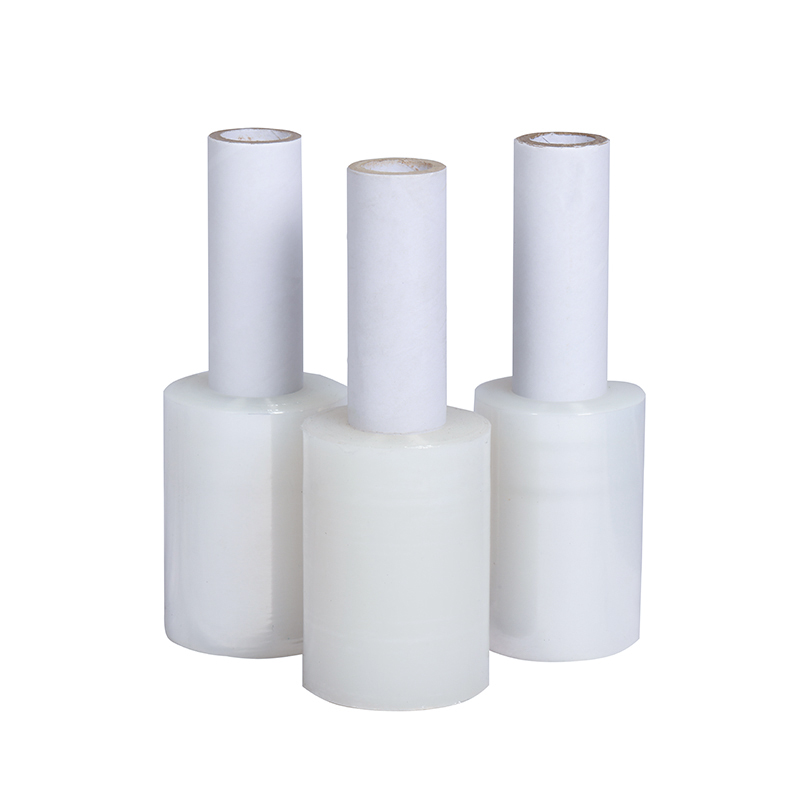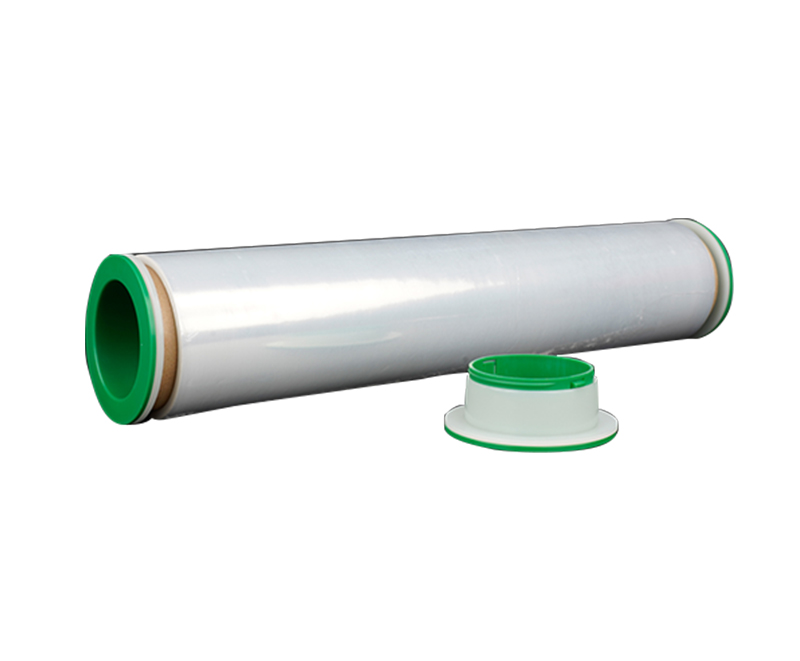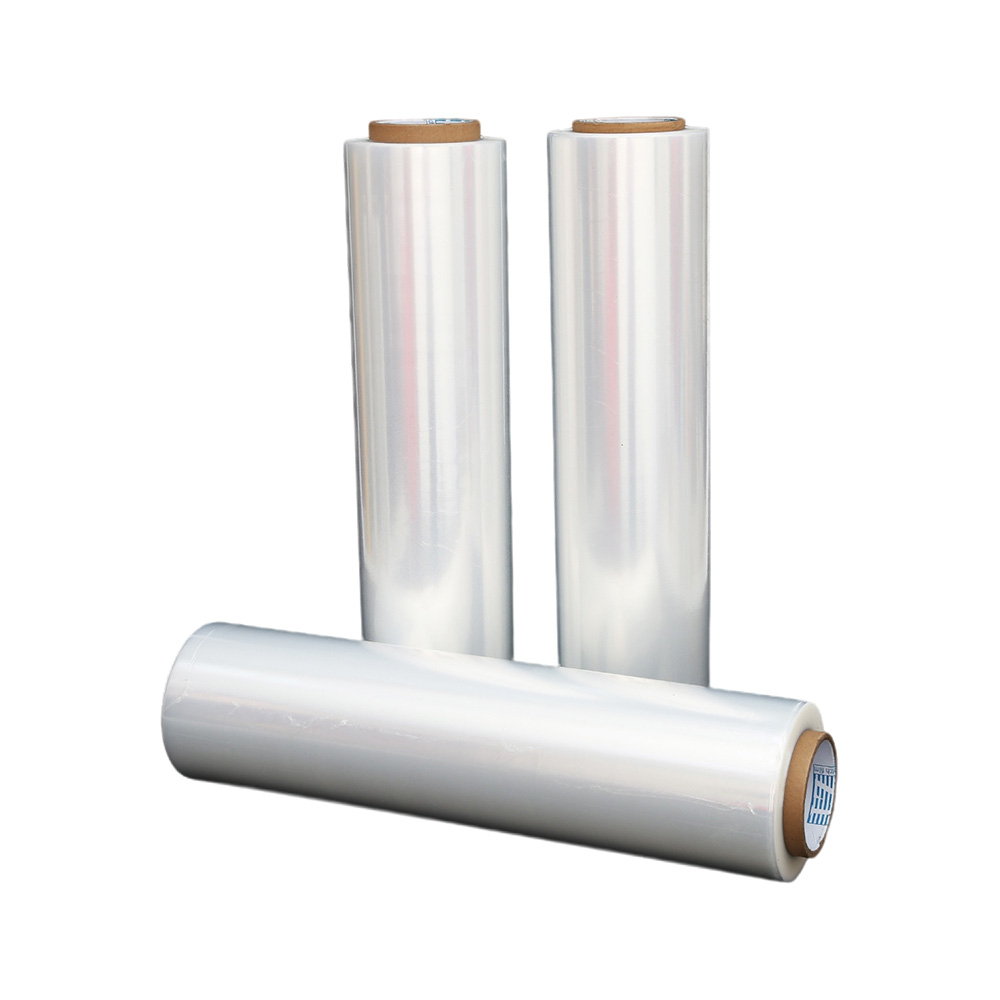Understanding Shrink Wrap Rolls: A Comprehensive Guide
Source:Understanding Shrink Wrap Rolls: A Comprehensive GuideTime:2024-08-07Visitors:
Introduction to Shrink Wrap Rolls
Shrink wrap is a versatile and effective packaging solution widely used across various industries. It involves a plastic film that shrinks tightly around products when heat is applied, providing a secure and protective layer. This method of packaging is not only aesthetically pleasing but also enhances product durability, making it an ideal choice for items ranging from food to electronics.
The benefits of using shrink wrap rolls are numerous. They offer protection against dust, moisture, and tampering, ensuring that products remain intact until they reach the consumer. Additionally, shrink wrap is lightweight, which can help reduce shipping costs. Its adaptability allows for various applications, including:
-
Bundling multiple items together
-
Securing products for storage
-
Providing a tamper-evident seal
Types of Shrink Wrap Rolls
When it comes to shrink wrap materials, several options are available, each with unique properties and applications. The most common types include:
-
PVC (Polyvinyl Chloride): Known for its excellent clarity and strong shrink properties, PVC is often used for retail packaging. It provides a high-gloss finish, making products visually appealing.
-
Polyolefin: This material is favored for its excellent strength and flexibility. Polyolefin shrink wrap is often used in food packaging and is known for its resistance to punctures and tears.
-
Polyethylene: While it has lower clarity compared to PVC and polyolefin, polyethylene is a cost-effective option for bulk packaging. It is commonly used for wrapping larger items or for industrial applications.
Understanding these differences will help businesses choose the right shrink wrap for their specific needs.
Factors to Consider When Choosing Shrink Wrap Rolls
Selecting the appropriate shrink wrap roll involves several critical factors:
-
Product Dimensions: Accurate measurements of the product dimensions are essential. This ensures that the film width and cut-off length are suitable for the items being packaged.
-
Film Gauge (Thickness): The thickness of the shrink wrap affects its protective qualities and cost. Thicker films provide better protection but may be more expensive. Thinner films can reduce costs but may not offer the same level of durability.
-
Shrink Ratio: The shrink ratio is crucial for determining how tightly the film will conform to the product. Choosing the right shrink ratio ensures a snug fit, preventing movement and damage during transit.
Calculating Shrink Wrap Usage and Cost
To effectively manage shrink wrap usage and costs, businesses should consider the following:
-
Estimating Packages per Roll: A simple formula can help estimate the number of packages that can be produced from a roll. This involves calculating the total film length, the cut-off length for each package, and factoring in any rewrap percentage.
-
Calculating True Package Cost: Understanding the true cost of packaging is vital for budgeting. Businesses can calculate this by dividing the roll price by the number of packages produced. This provides a clear picture of the packaging cost per item.
-
Cost Reduction Strategies: To minimize expenses, companies can explore using thinner gauges or custom widths that fit their products more precisely, reducing waste and overall material costs.
Shrink Wrap Equipment and Application
The right equipment is essential for efficient shrink wrapping. Various types of shrink wrap machines are available, including:
-
L-Sealers: These machines create a seal around the product before it enters the shrink tunnel, making them ideal for small to medium-sized items.
-
Tunnel Sealers: Designed for high-volume production, tunnel sealers allow products to pass through a heated tunnel, shrinking the film uniformly.
-
Shrink Wrap Systems: Comprehensive systems combine sealing and shrinking processes, suitable for large-scale operations.
Choosing the right equipment depends on the production volume and the specific application. Proper application techniques are also crucial for achieving a tight, wrinkle-free fit. Ensuring that the film is applied correctly not only enhances the product's appearance but also improves its protection during shipping and storage.
Conclusion
In summary, shrink wrap rolls are an invaluable asset in the packaging industry, offering numerous benefits, including protection, cost-effectiveness, and versatility. By understanding the different types of shrink wrap, considering key factors in selection, calculating usage and costs, and choosing the right equipment, businesses can optimize their packaging processes.
For personalized recommendations and expert guidance on shrink wrap solutions, contact us today!
Recommended Products
Ranked in the same article
- how to use the stretch film technology to r
- How can we get detailed price list?
- Five common quality problems of PE protecti
- Plastic film degradation
- How to guarantee punctual shipment for our
- Gauge to Micron and Millimetre Conversion G
- What is the difference between stretch film
- Testing the permeability of stretch film
- Stretch film temperature requirements
- Electrical wire film VS electrostatic film
- Why insufficient transparency of stretch w
Latest news articles
- PE vs PVC Stretch Film: A Comprehensive Gui
- The Influence of Stretch Film Thickness on
- PE stretch film how to cut?
- What Is the Difference Between Shrink Wrap
- Testing the permeability of stretch film
- What Is Red Stretch Film and What Are Its B
- Stretch Film Wrap: Exploring Its Advantages
- Factors That Affect the Stretching Function
- What is Stretch Film Used For?
- The use of pe stretch film
- Exploring the Versatility of PE Stretch Fil



